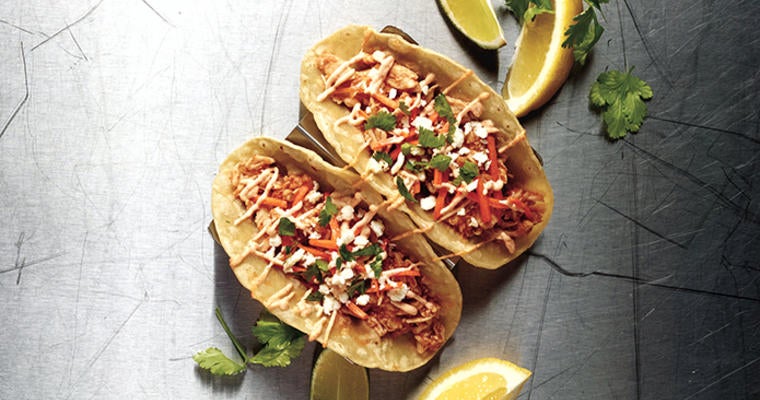Use the power of language to attract this emerging segment of diners.
The future is now. Generation Z is coming up fast behind millennials, and savvy foodservice operators are figuring out ways to make them customers. Born after 1992, this digital generation is made up of 16- to 24-year-olds who are both plugged in and tuned in. They’re true digital natives, so social media connectivity is an expectation, not a perk. And they’re paying attention to the world around them, keenly aware of sustainability, authenticity and social justice. Why go after these young consumers? Technomic Inc. touts them as the volume leader in foodservice when it comes to frequency of dining out. Gen Z gets 6.3 meals per week from foodservice.
Gen Z lives in an evolved food world, where consumers are seeking out honest, clean foods, exhibiting a true hankering for hand-crafted fare made back of house with care and attention. Menu language is key in conveying those values. In fact, for this generation, menu language needs to work even harder and tell a compelling brand story. Gen Z demands an emotional connection. They also look for a sense of community in the brands they choose to support.
Feel-Good Messaging
Businessweek dubbed Gen Z the “salad bowl generation,” underscoring this cohort’s desire for pristine, nutrient-dense foods. Fresh produce presented in craveable ways—conveyed through rich menu language—is a big draw here. Remember, Gen Z lives in a post-steamed vegetable world. They expect flavour delivery at every turn. Use words that convey the culinary treatment given to produce, like “blistered,” “wood-grilled,” and “miso-glazed.”
Indeed, this yearning for healthful food is not unique to Gen Z, but the emphasis on certain attributes is worth noting. For this young diner, buzzwords like “superfood,” “organic,” and “immunity-boosting” are all phrases that resonate with their values. They look for food that will give them energy, promote healing and stave off disease. They seek out functional foods—ones that promote well-being.
Another pillar in feel-good food for Gen Z is how that food was brought to the table. Sustainable practices are important to them. CCD Innovation ties Gen Z’s passion and knowledge to their 24/7 access to information. Data backs up that insight: J. Walter Thompson Intelligence reports that 76% of Gen Z are concerned about man’s impact on the planet and Technomic says that 53% claim availability of sustainable food influences their foodservice decisions. Make an emotional connection with them through menu language with buzzwords like “organic,” “100% grass-fed,” “all-natural,” and “fair trade.” Honesty, of course, is the through line for these values, so ensure that back-of-house practices reflect those menu claims.
Good Food Messaging
Gen Z isn’t yet as adventurous as millennials. After all, they’re still pretty young. But they look for certain menu cues that convey freshness, craftsmanship, and community. Use language like
“harvest salad,” “farm-fresh,” “hand -picked,” and “locally sourced” to drive home your core values.
They also like to share their experiences, so make sure your menu relays a bit of whimsy and adventure, either in presentation or flavour combination. For instance, if you menu fries, serve them in a cone with a trio of dipping sauces. Use buzzwords that illustrate the adventure without alienating them. Perhaps it’s something like “house fries seasoned with furikake presented in a carnival cone with three dipping sauces.” Social, shareable and fun make it a home run with Gen Z.
Although millennials and boomers boast significantly larger numbers, Gen Z is made up of tomorrow’s influencers who are dining out today. Understanding what resonates with them is key to continued success in attracting new customers.










